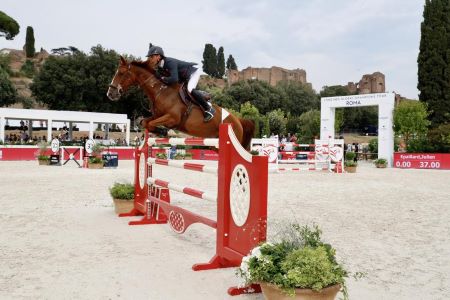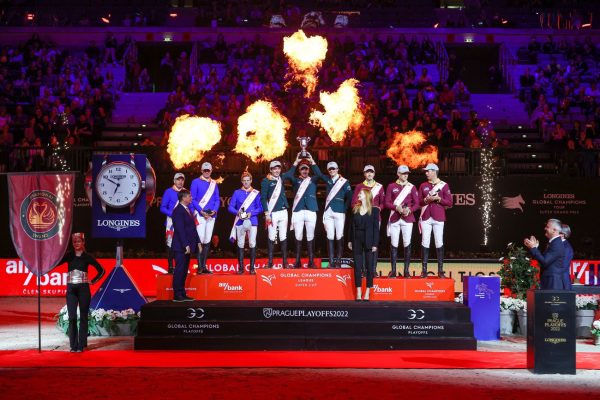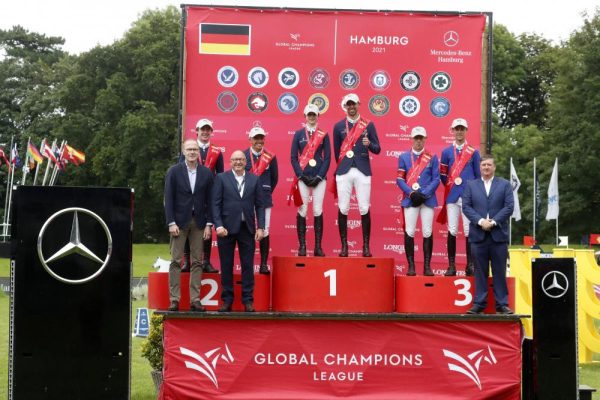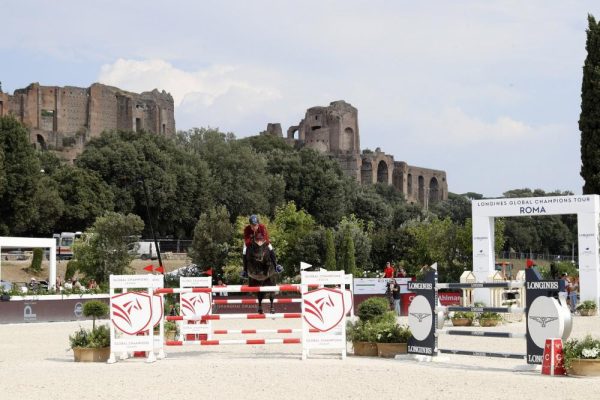
To what extent does the time matter?
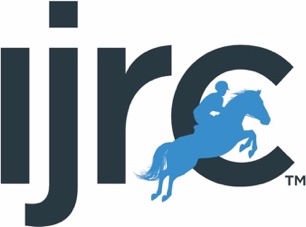
The FEI has made changes to time penalties in Table A classes.
Since January 1st, 2022, the new FEI rule (number 236 chapter VI of FEI Jumping Rules) establishing that one penalty is attributed for each second or commenced fraction of a every second started over the time allowed is now in force. This rule applies to all Table A classes.
The reasons for this change, expressed by the FEI, are aimed at inducing all riders to jump the course in the same way and with the same objectives, respecting the principle of a ‘speed class’.
When the previous system was used, one saw riders ensuring they jumped a clear round even if it meant adding one or two time faults. Thereby remaining better placed than riders who respected the class’s format and risked more to remain within the time allowed; yet, when incurring four faults, finished further down in the ranking.
As always happens when changes are made, the new time penalties update has been greeted in different ways, with some positive and some negative opinions and also those taking the ‘middle road’. It will take some time to draw conclusions and take stock of advantages and disadvantages.
In the heat of the moment, everyone can make their own subjective assessments, based on the most pertinent reflections and reactions expressed by athletes and summarised below.
The two and a half sides of the same coin
Time is a crucial and very delicate element in our sport. The significant rise in faults is, in fact, a drastic change. Above all, at the most important competitions, it implies horse and rider have an extremely high level of experience to jump highly- technical courses and be fast.
For horse and rider combinations with little experience at the beginning of their careers in top sport, this increased number of faults will involve a penalisation. In practice, four seconds over the time allowed amounts to the same as having a fence down; four faults. That puts a great deal of pressure on young horses and riders starting out on top-level courses.
Furthermore, the penalties accumulated in the event of a refusal really do add up!
On the other hand, some believe that this increase in faults is correct. If the horse and rider combinations are not capable of jumping courses of a certain level according to the rules set out for speed classes, it would be best for them not to compete. Furthermore, supporting the principle expressed by the FEI, in major events such as championships and Olympic Games, it has happened that in the individual ranking riders with two or three time faults have been placed better than faster combinations that were fast but had a fence down, hence four faults.
Additionally, however, there is more to be debated: how often in the past 25 years have we seen a rider with three or four time faults win a Grand Prix or a championship? It is unlikely that this might happen, since, with the rare exceptions that confirm the rule, the selection is inevitably linked to the level of horses and riders competing, and in the end, it is the fastest clear round that wins.
In any case, faults established aside, and before assessing the level of competitors, it is the chef de piste who decrees a course’s strategy. Establishing the correct time for each individual course is in the hands of the chef de piste, a time that must be difficult enough to really play a crucial role, but that is also possible to respect without having to ride at the expense of one’s performance. It is the time factor, on the other hand, that determines the results, and this makes the job of chefs to piste a difficult one. It is a matter of balance, details and professional expertise.
Finally, some approve this change in the rules, considering it good for the sport’s evolution. Riders, in general, have greatly improved, and so has the quality of their horses. And so, we are back at the beginning. One needs to be prepared and capable of competing in top-level sports, otherwise, is it best to take a step back and work on improving and only achieving the results one deserves.
One rarely sees a top rider with a suitable horse getting time faults at the important shows, if not by hundredth of a second! On the contrary, horses at riders not up to the job, often amateurs, are those who find it hard to remain within the time allowed.
So, it is difficult to establish what the best solution is. Perhaps the middle way would be the right one, hence 0.5 fault for every second over the time allowed, which is one of the ideas that has been proposed… for the moment, this is where things stand, and only time will tell us who is right.
However, there is a principle however that remains unchanged and that one cannot ignore, the thread that unites and affects every aspect of our sport: the principle of meritocracy.
FEI Jumping Rules:
https://inside.fei.org/sites/default/files/Jumping_Rules_2022_final_clean.pdf
@IJRC




